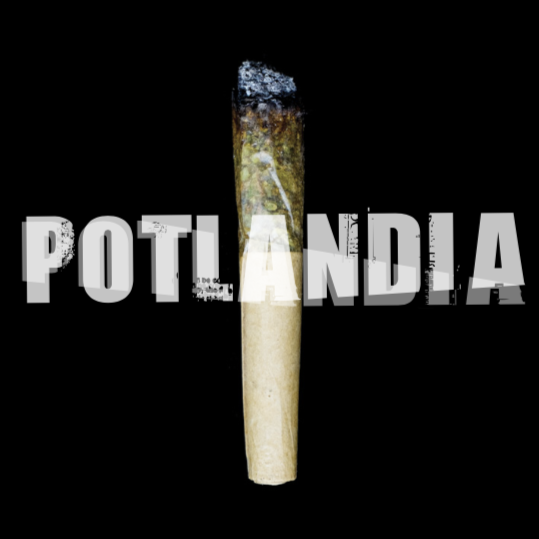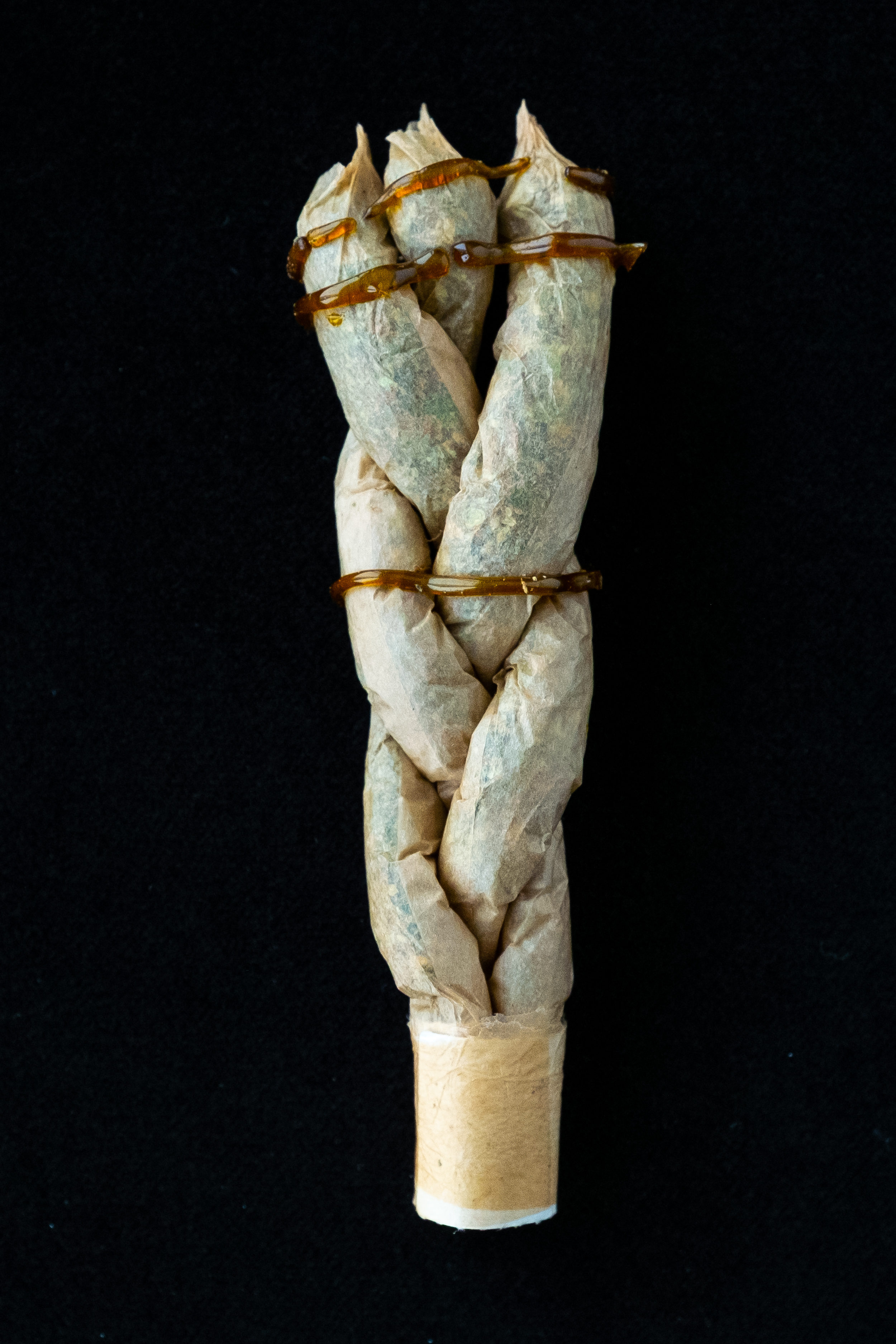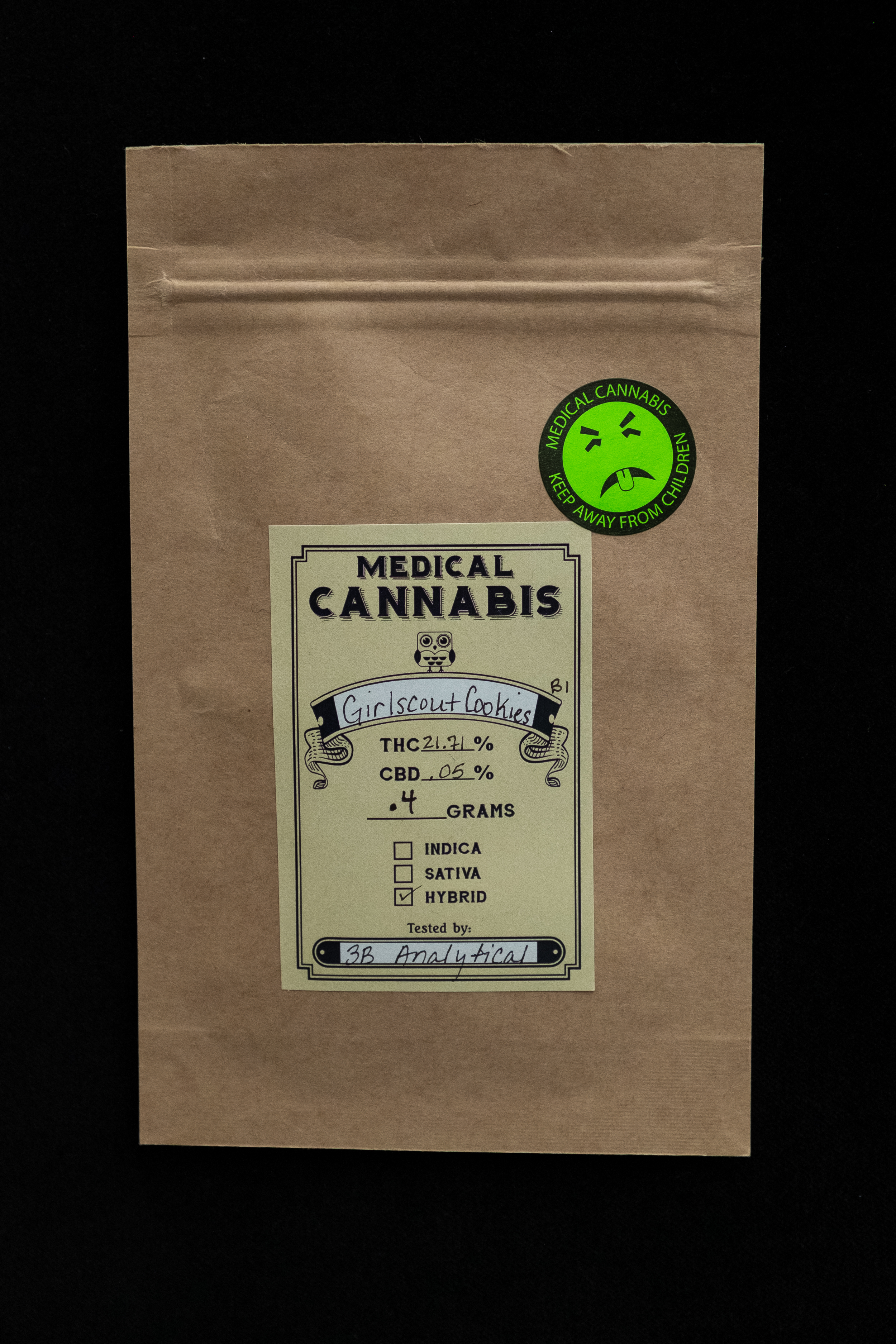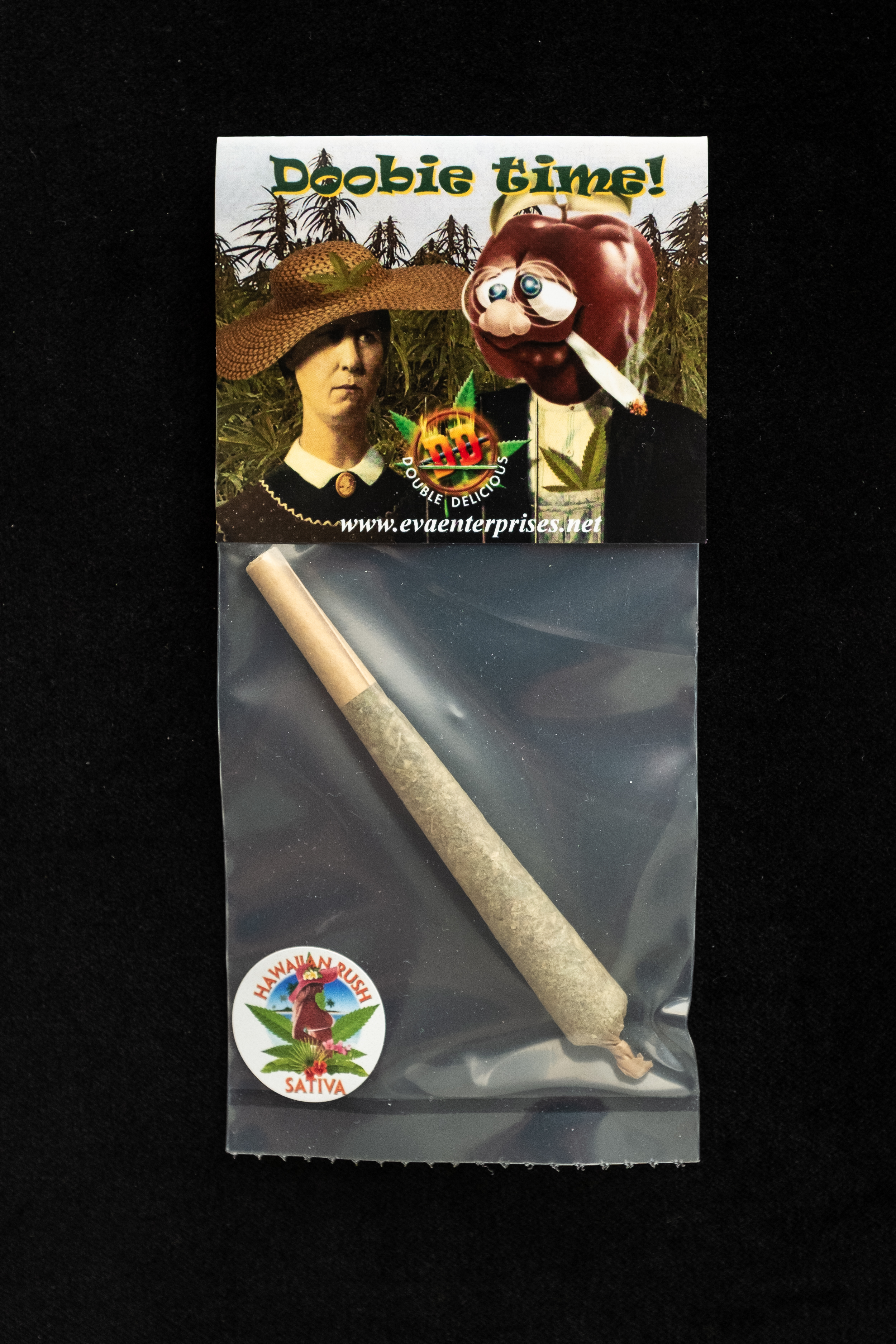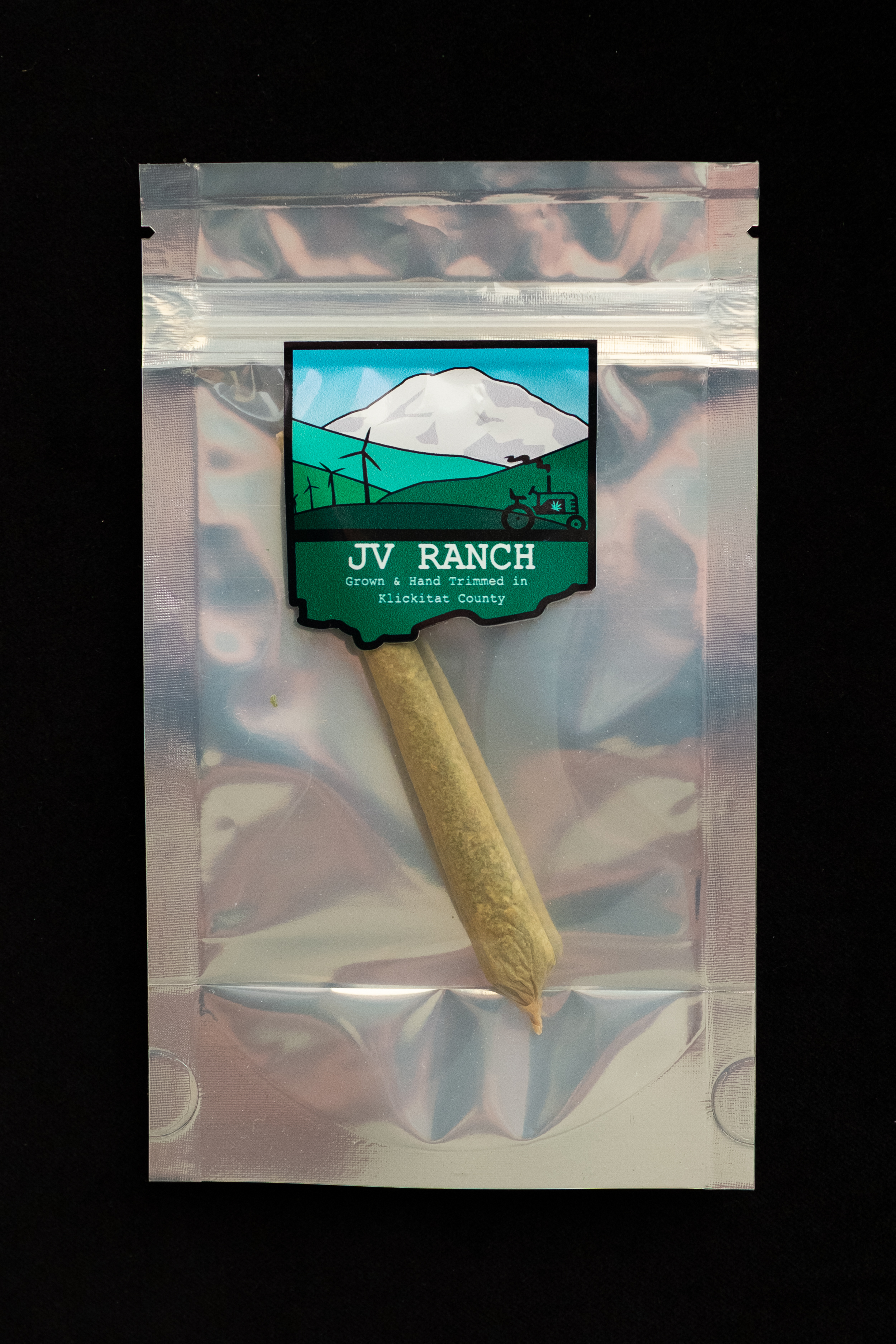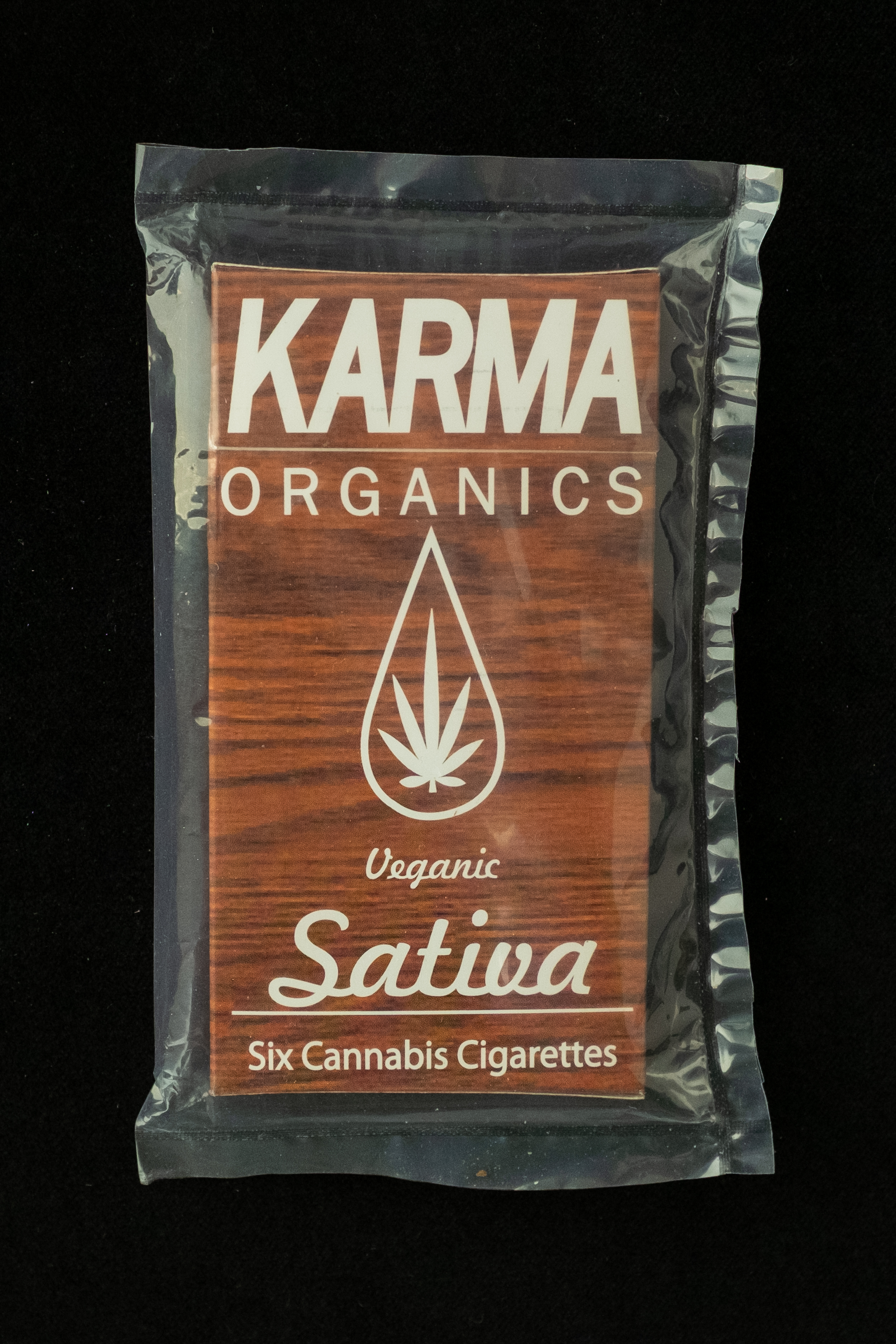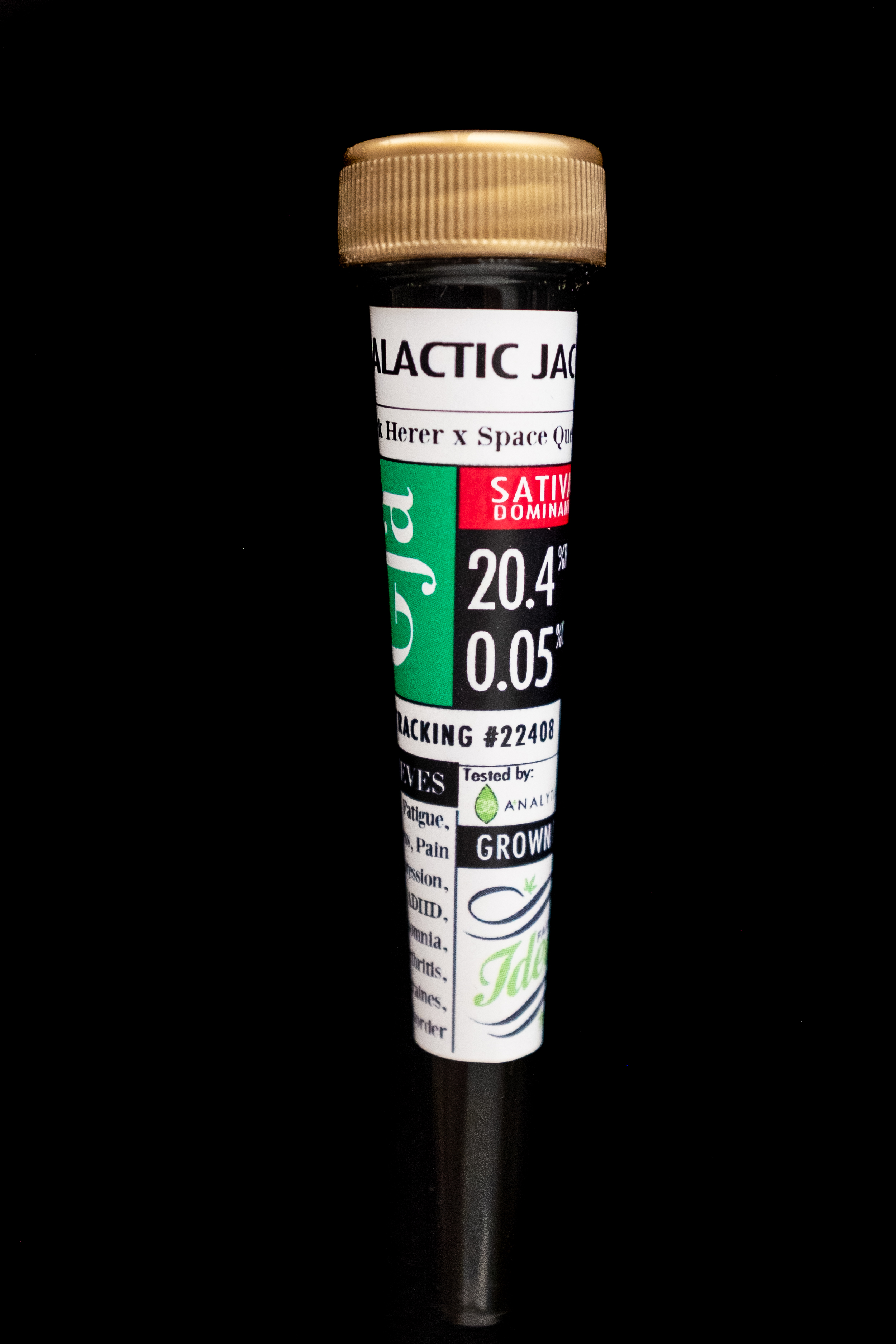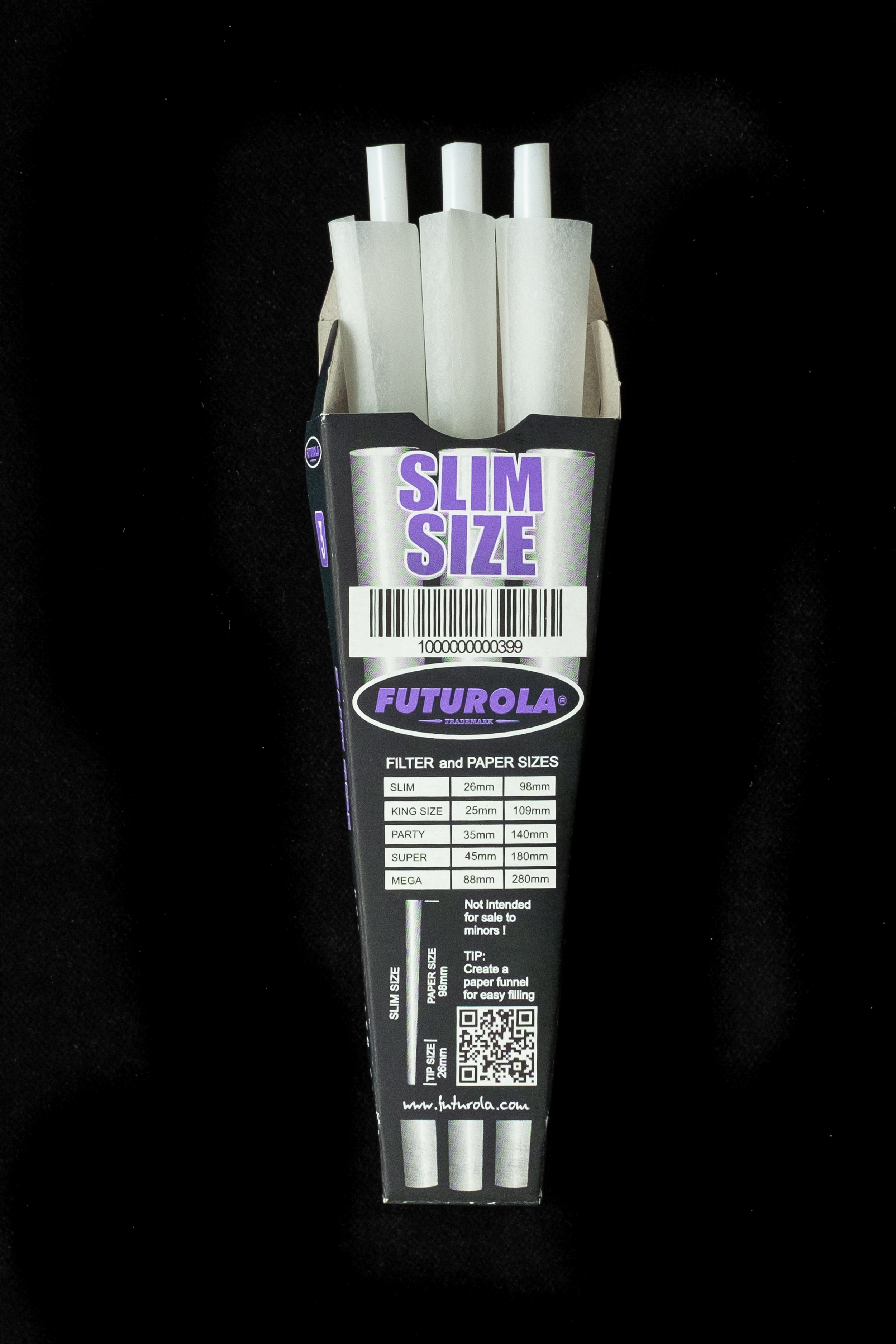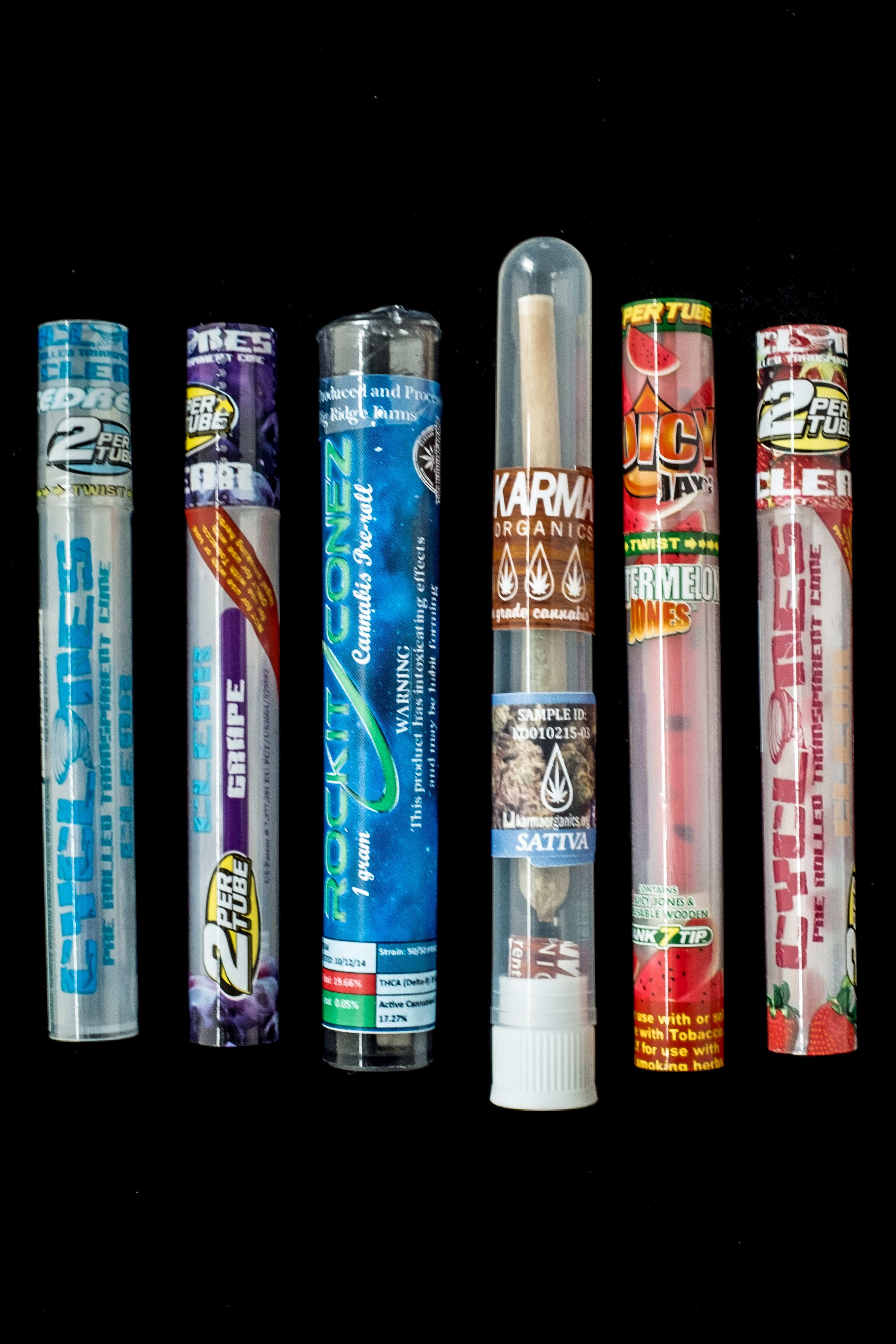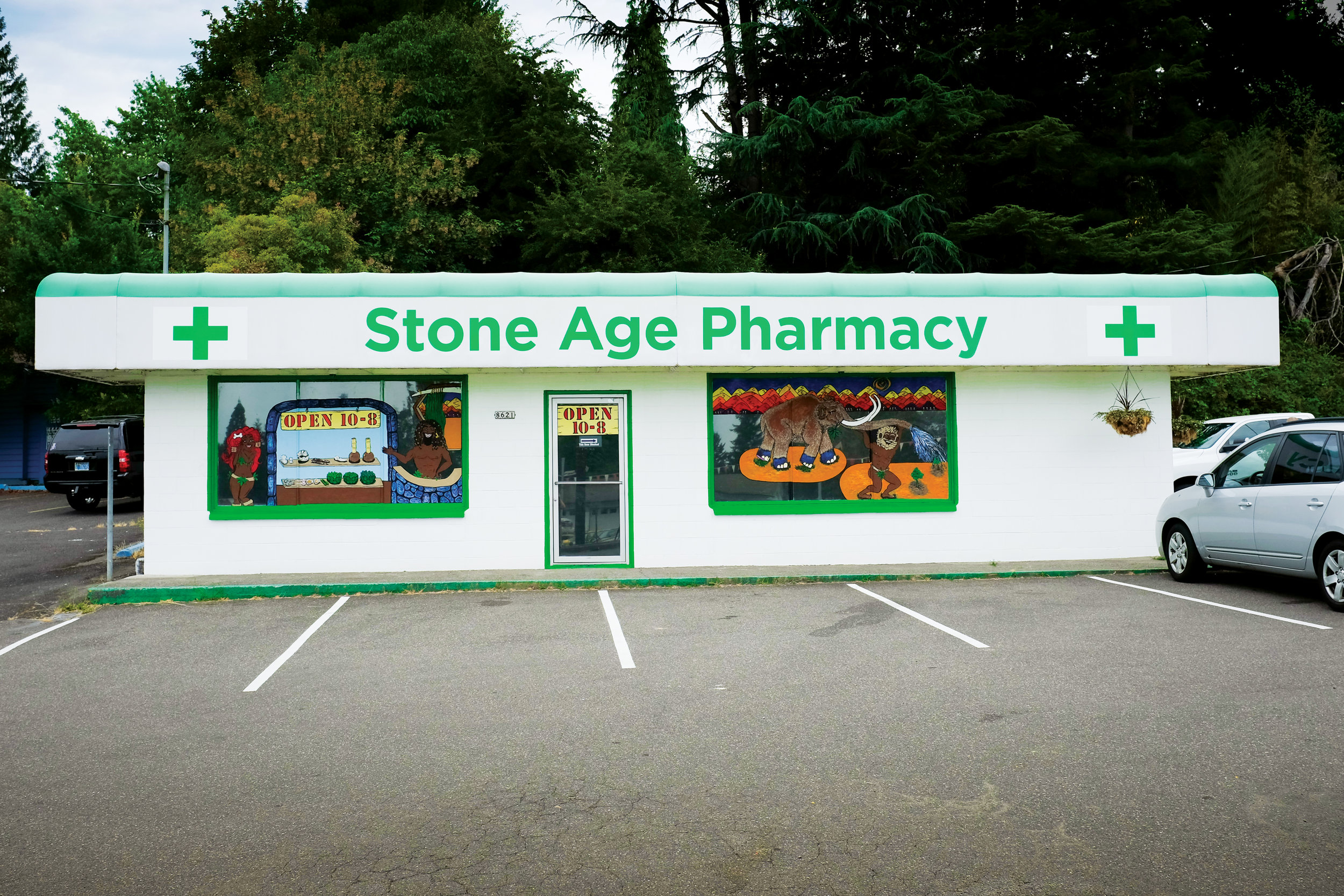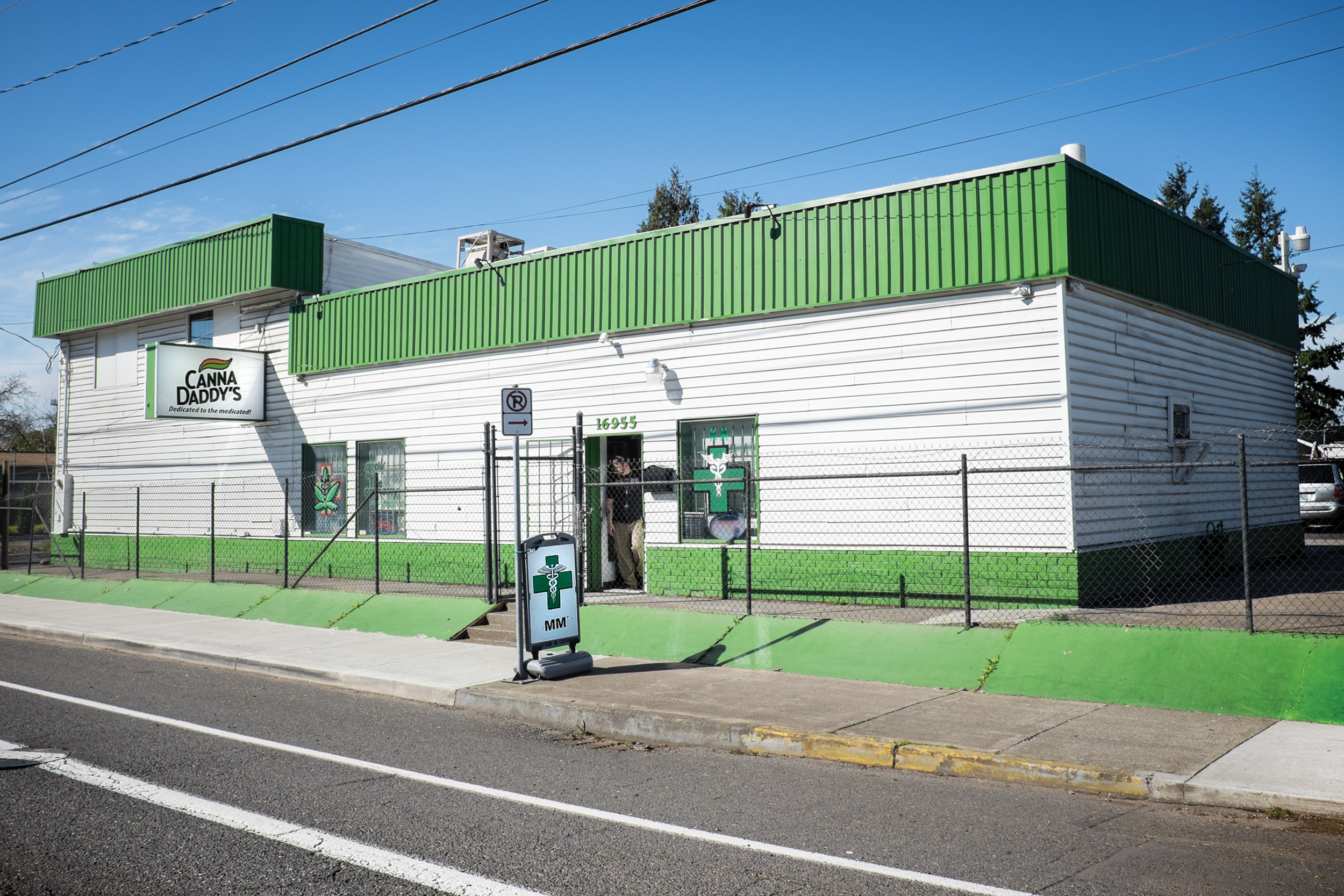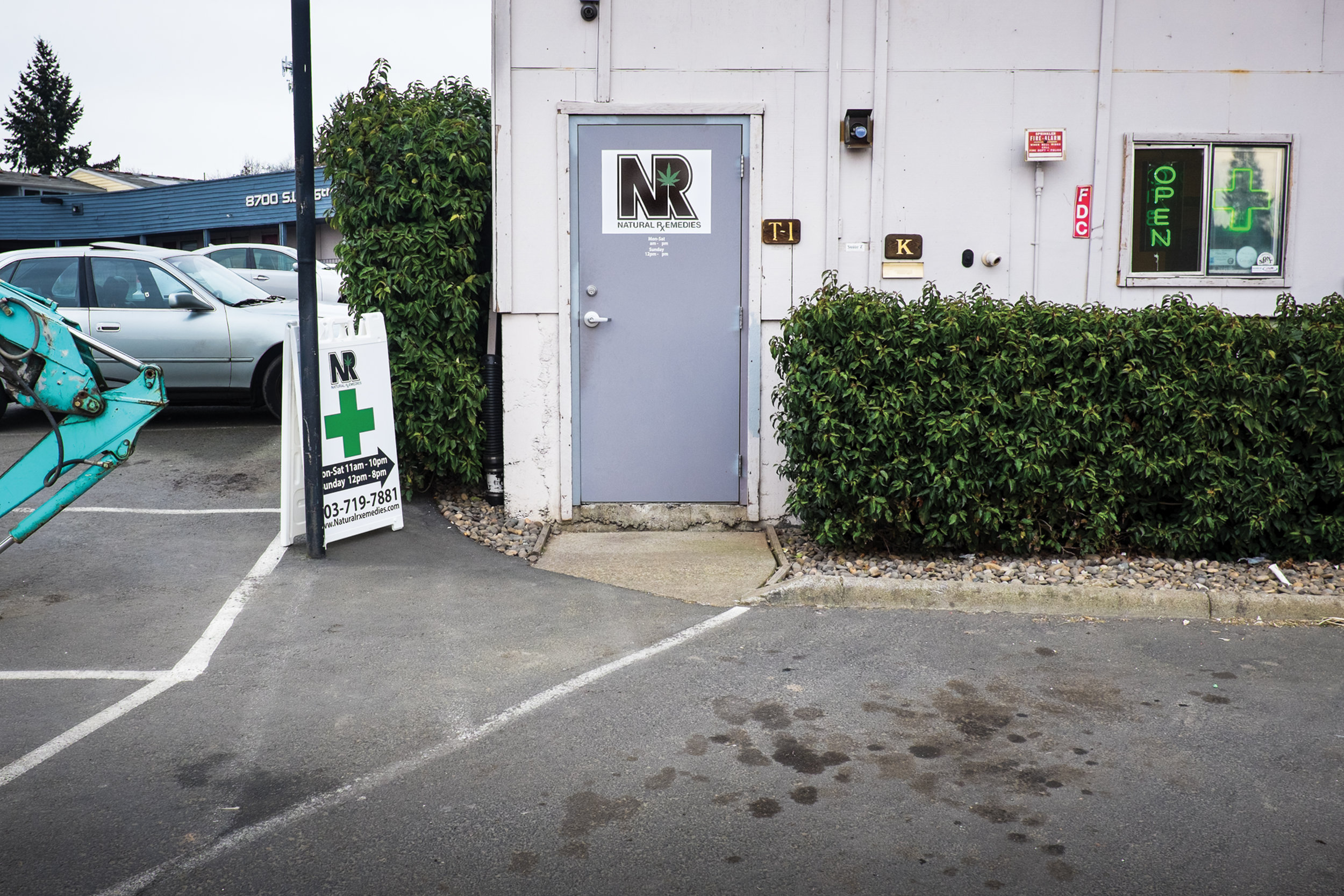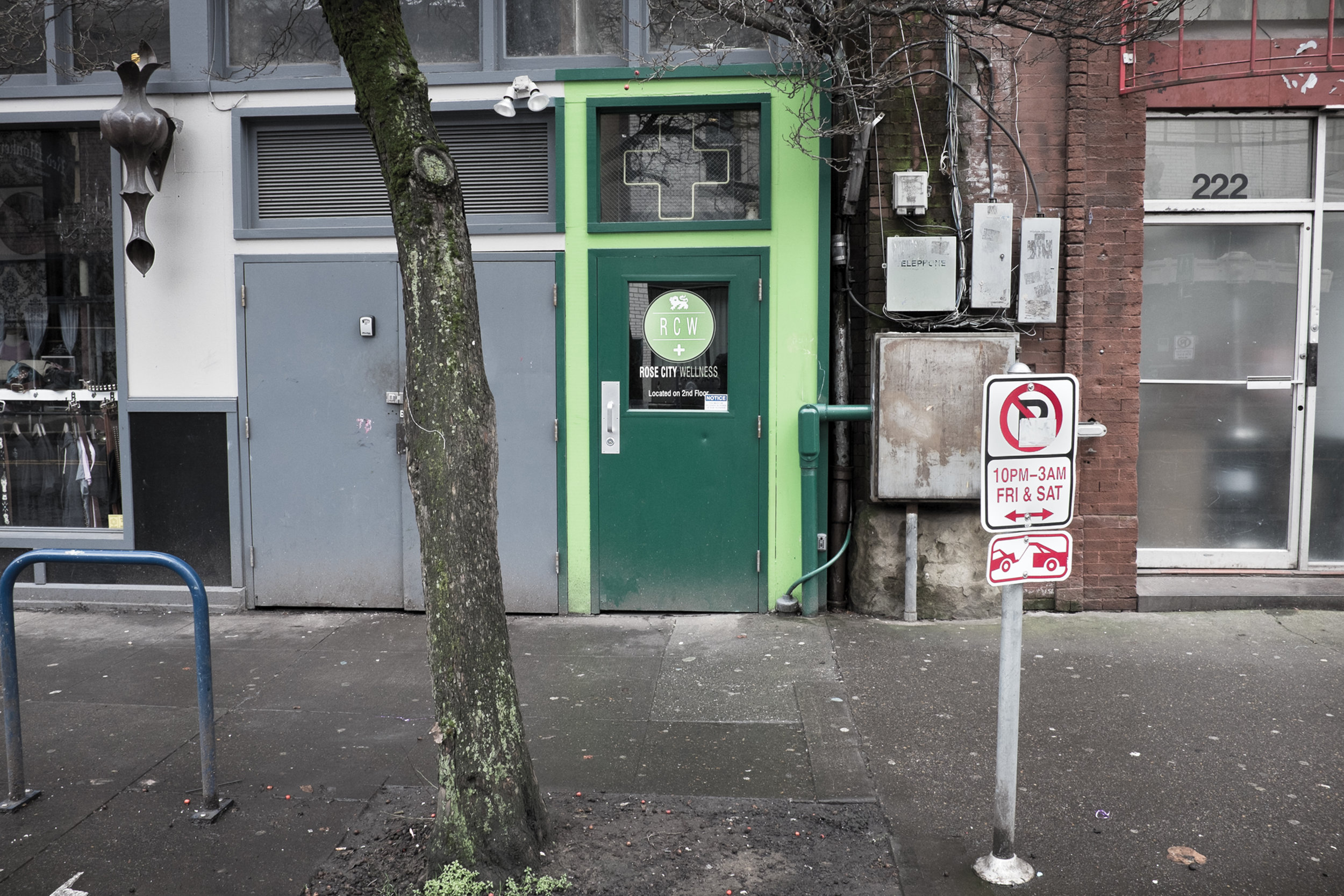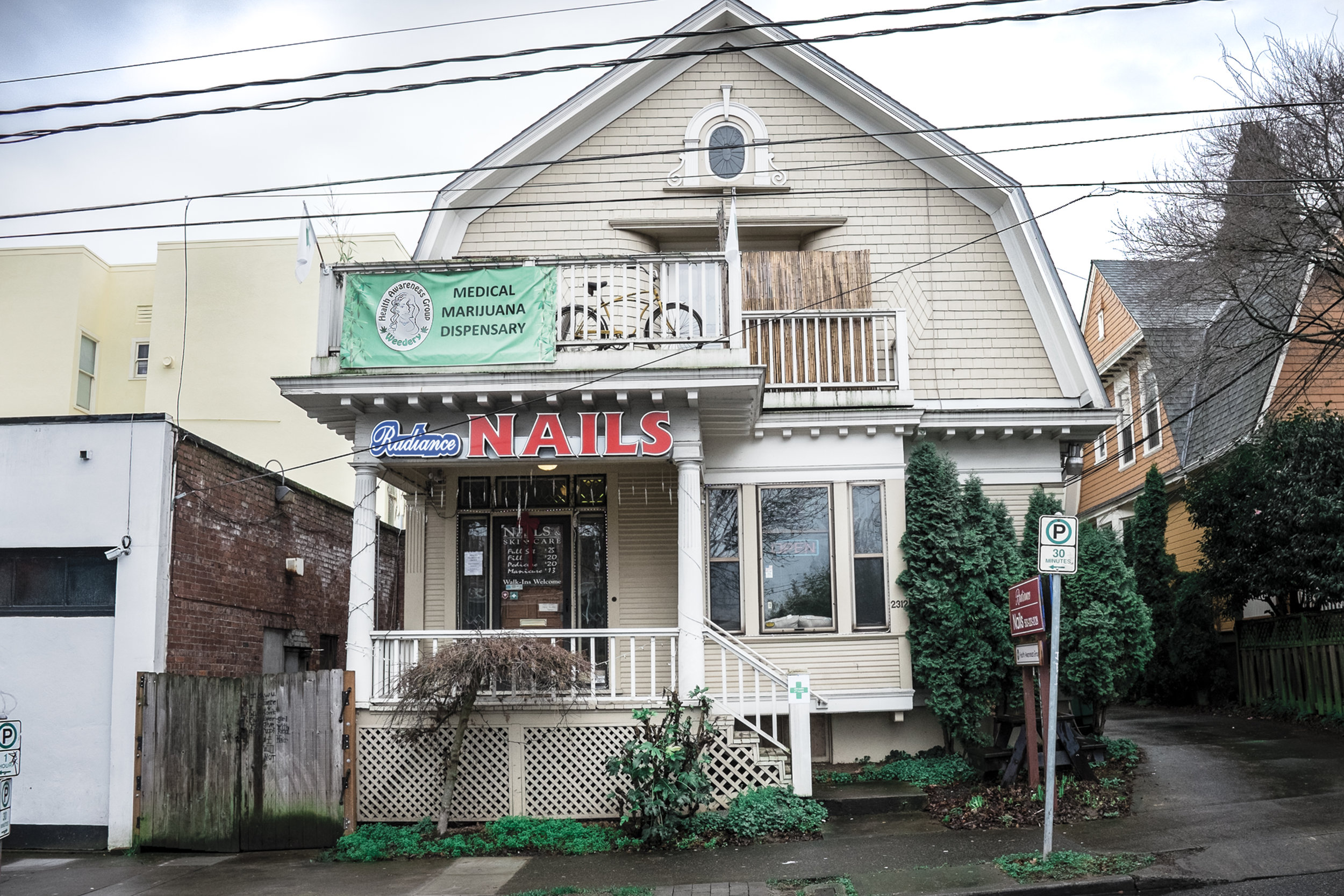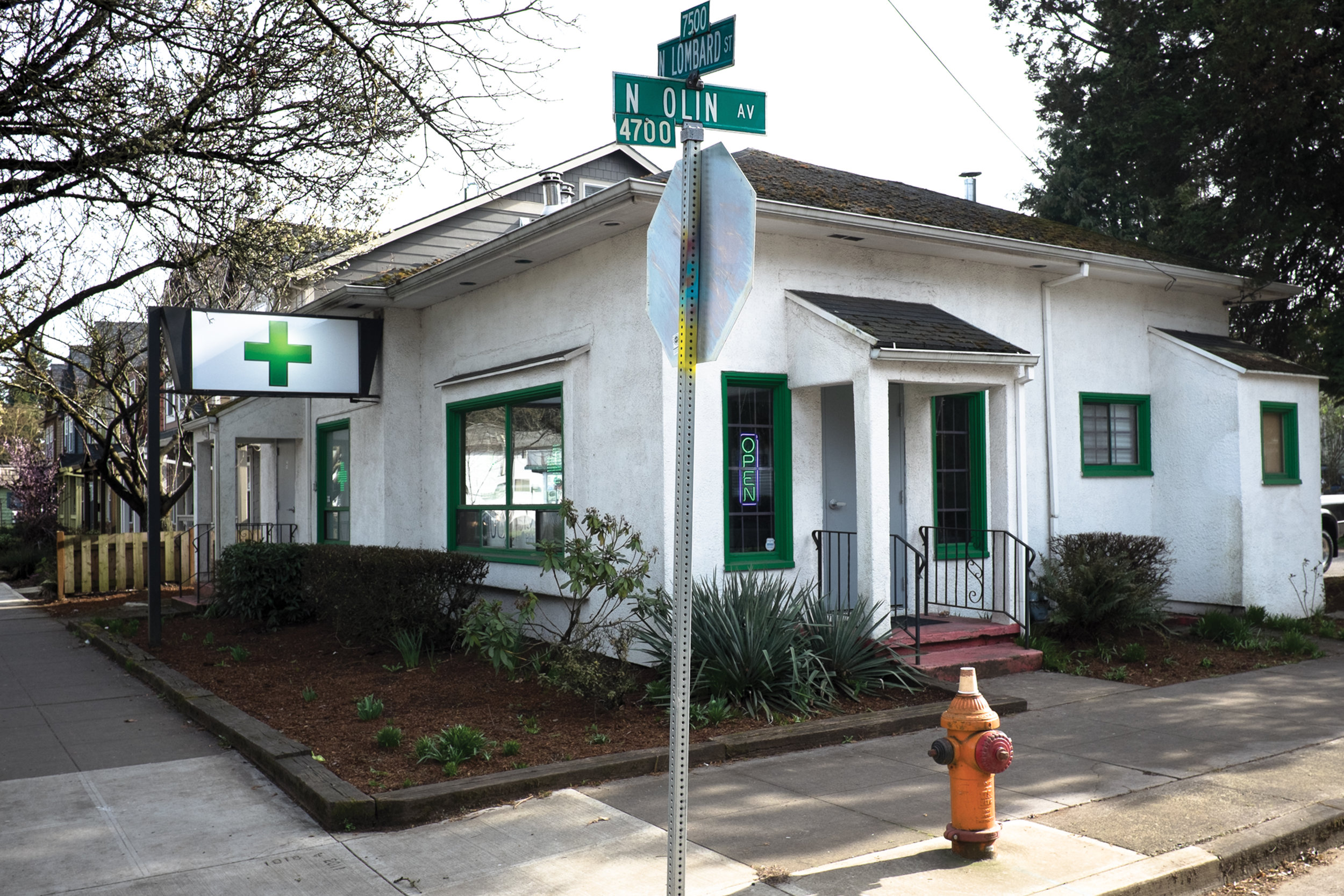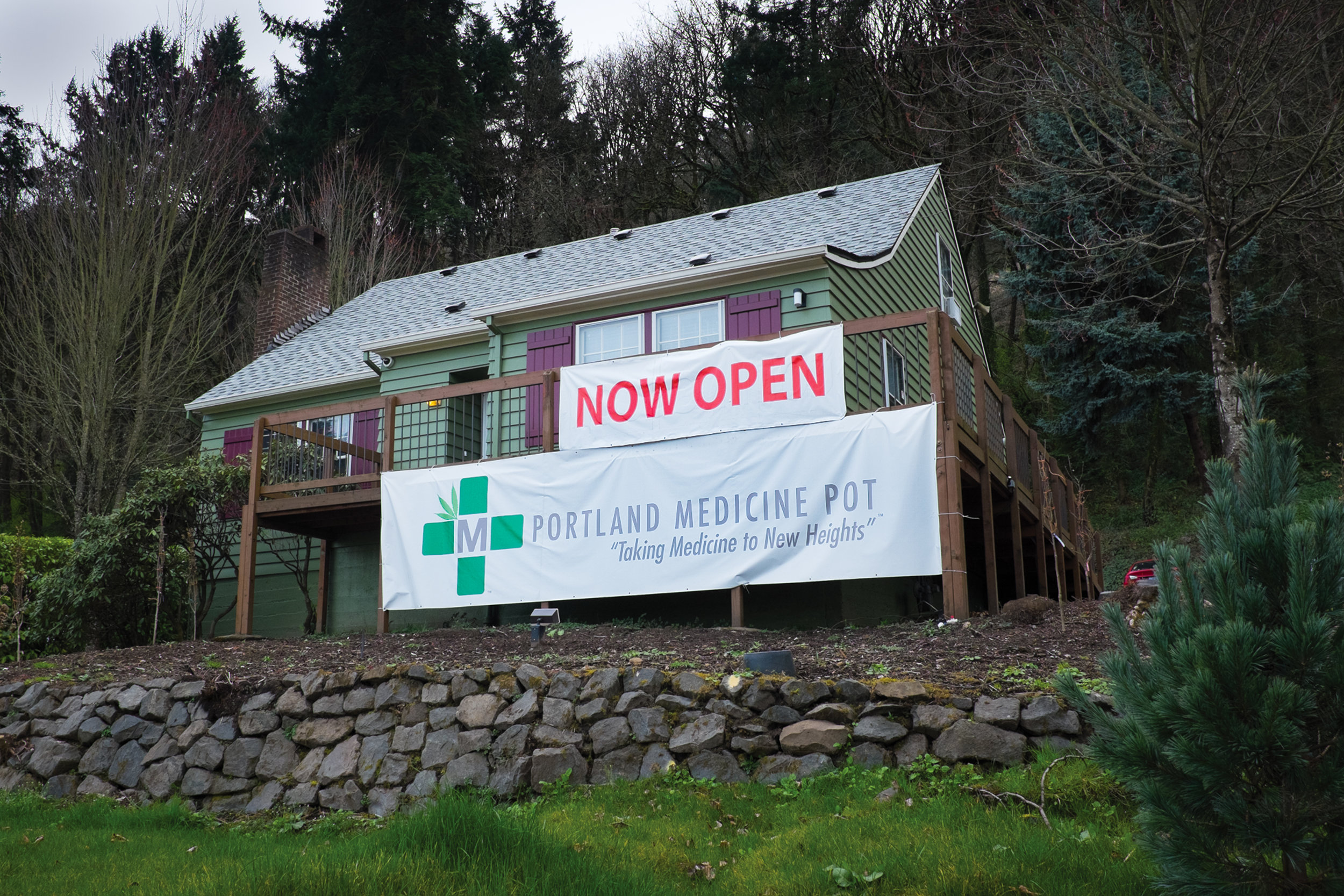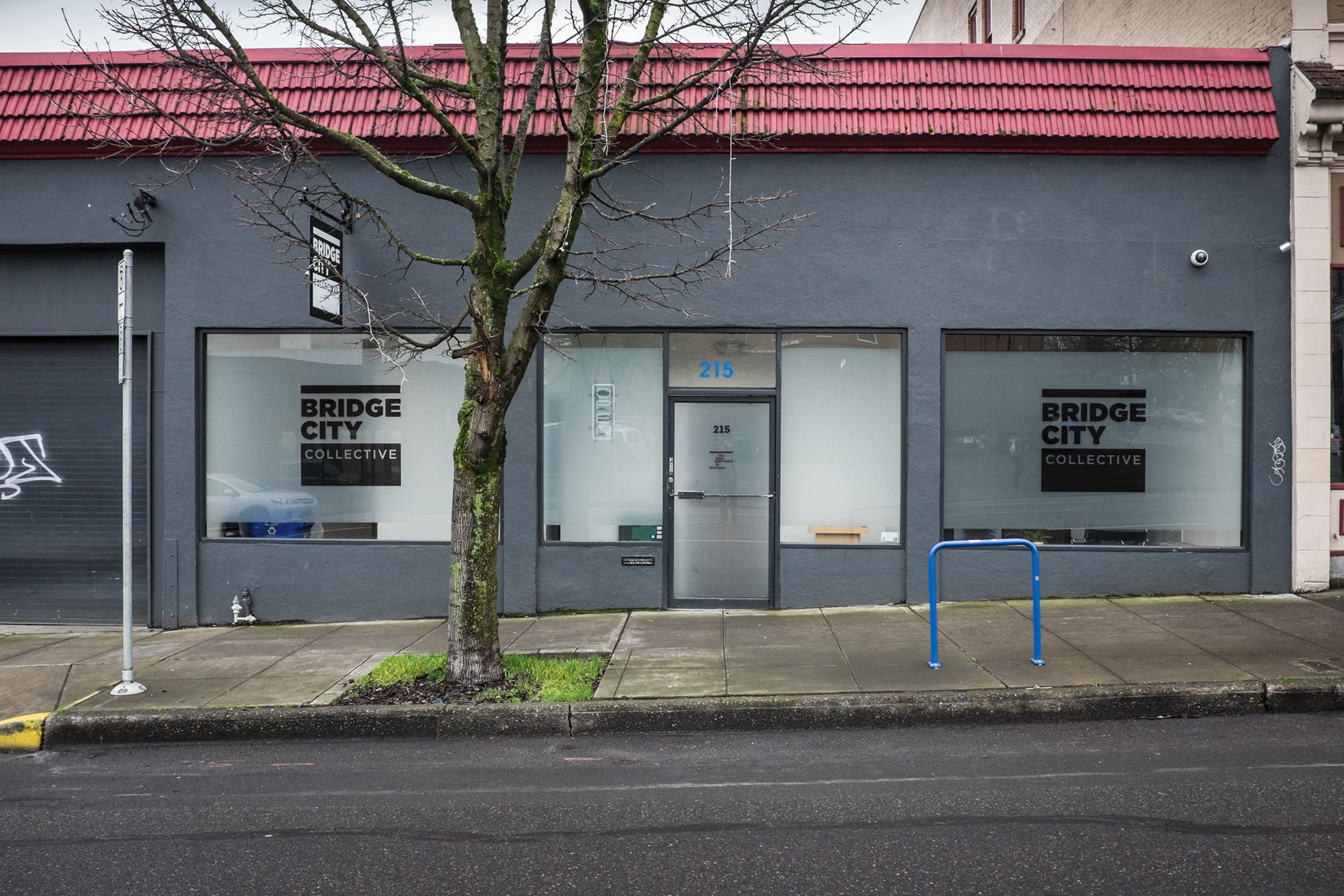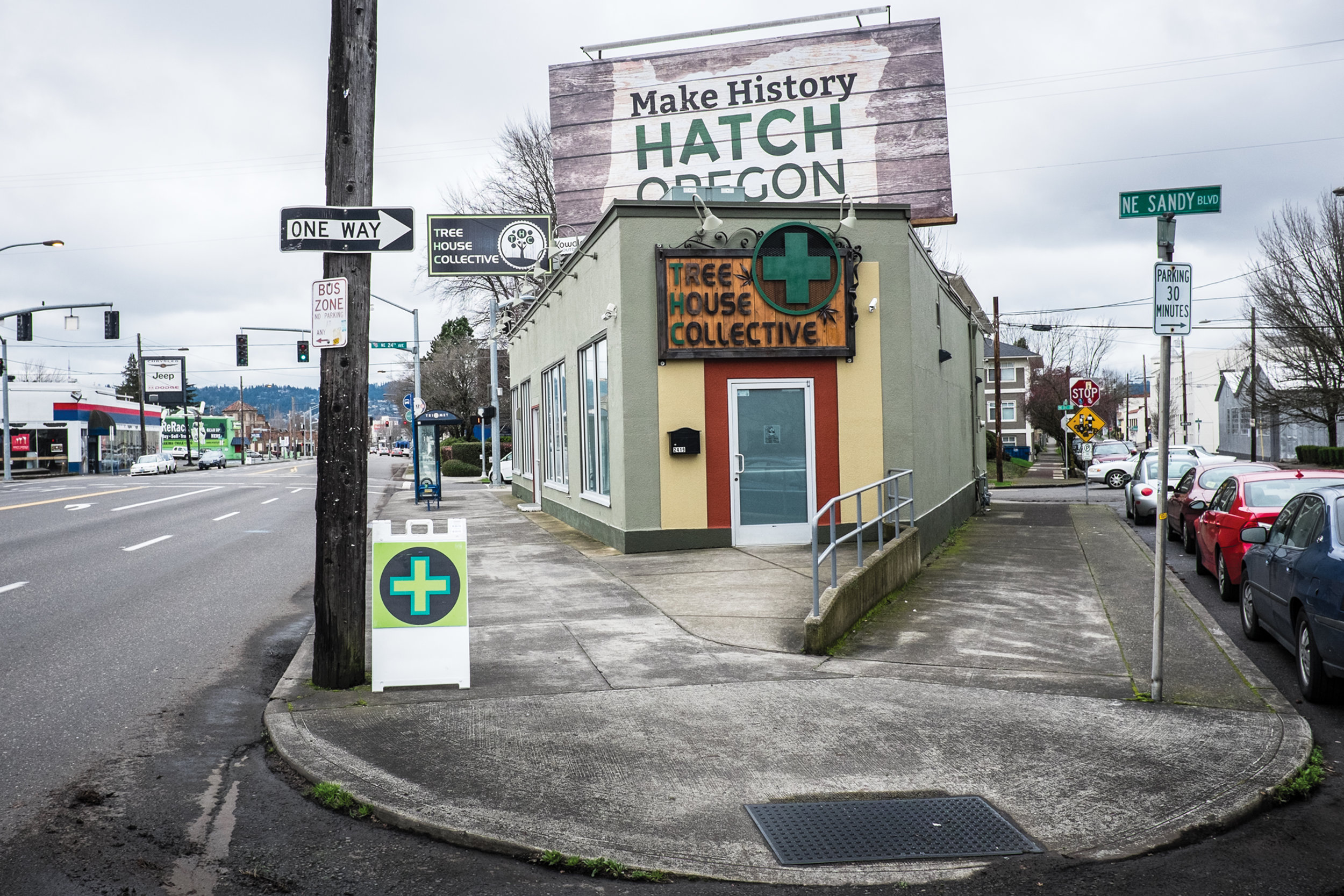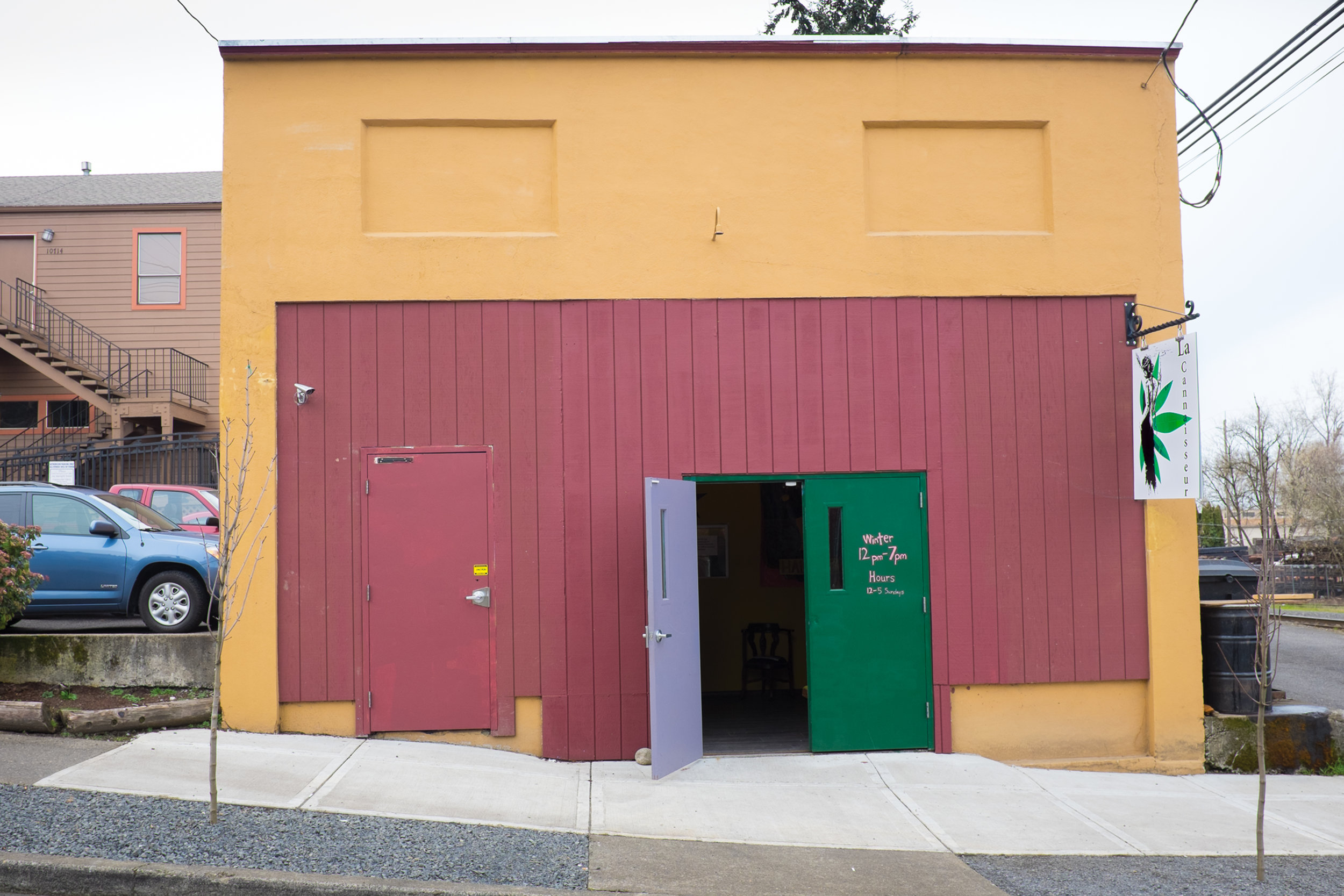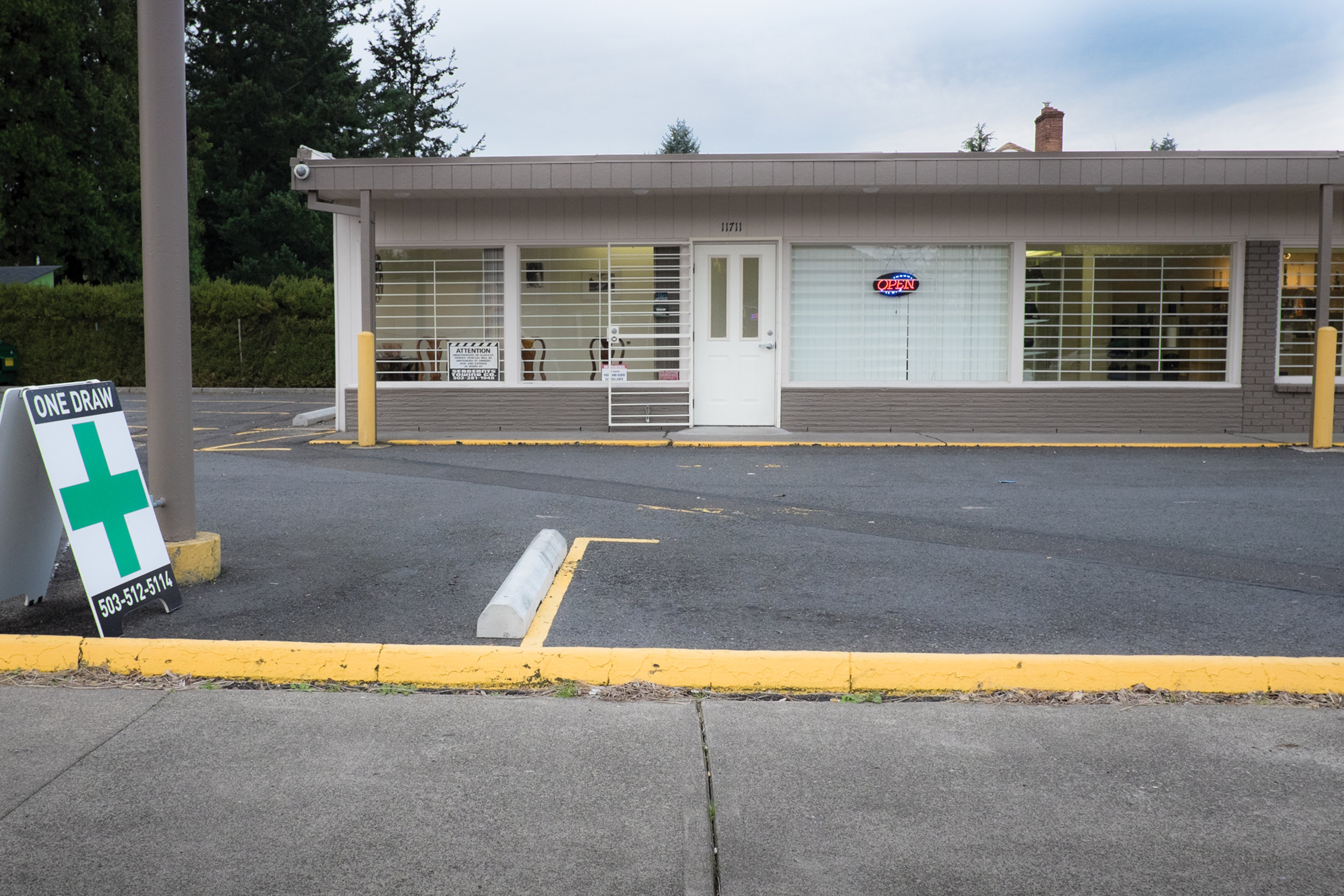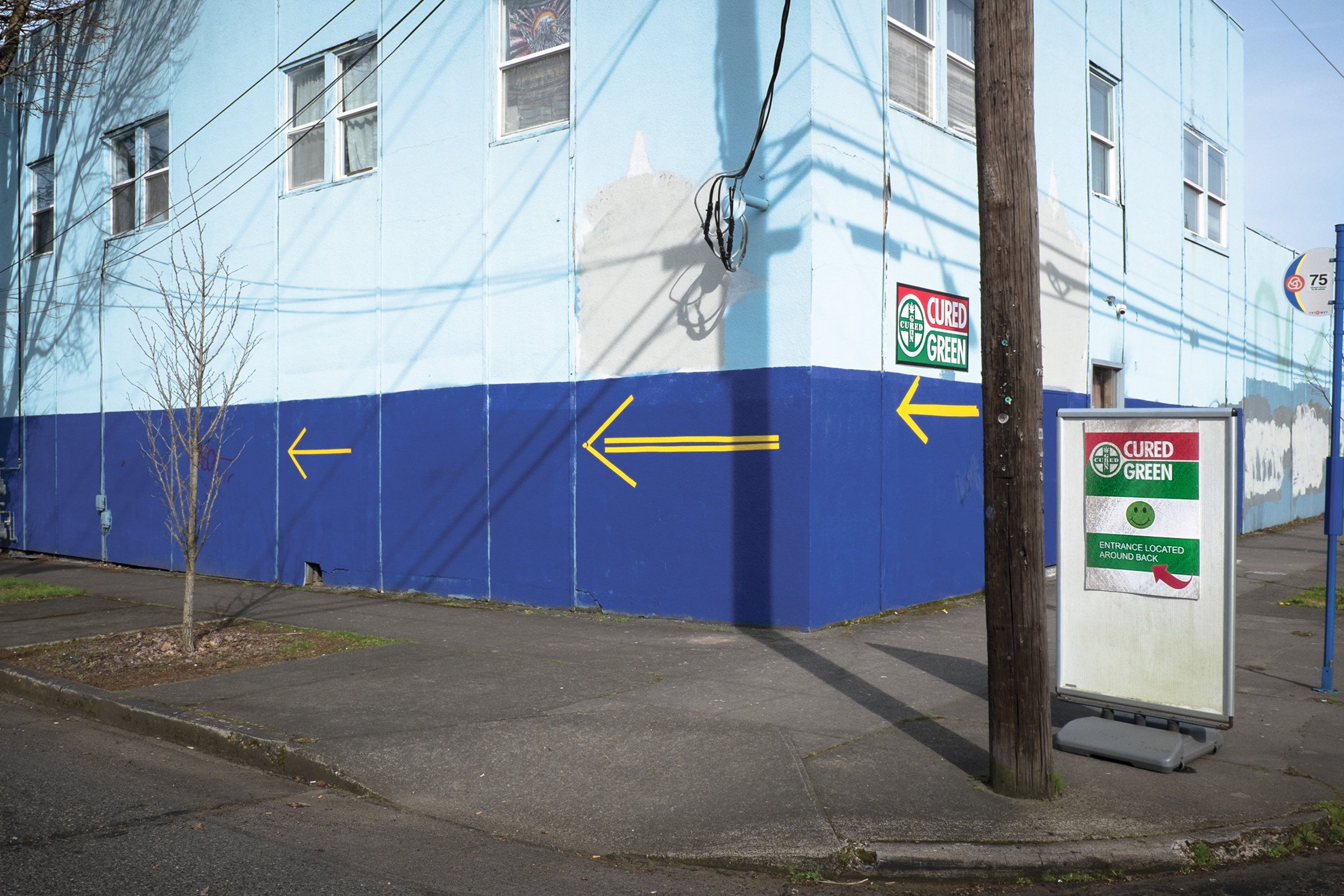Which Is It? Does It Matter?
I have been on definition kick. I recently wrote about the definition of “photographer”.
Photographer is a term that has been diluted. Diluted by the ubiquity of digital cameras and mostly by the zillions of mobile smartphone users who took, get this, 1.2 trillion photographs in 2017. According to the statistical website statista, 85% of all photographs were taken with smartphones, 10.3% by digital cameras, and 4.7% by tablets. “Traditional camera” usage and sales are in the dumpster. Why buy a sophisticated digital camera when you already have one in your pocket? I’ll talk about the declining health of the digital camera market in a later post.
What Do I Call What I Am Doing?
If you go beyond this photography blog and deeper into my website (for example my Selma, Alabama work), you will see that I have been traveling to make portraits of people in different locations. My goal is simple, if a bit grandiose, and egomaniacal.
Make more photographic portraits of more people across more continents than ever done.
Getting past egomaniacal, I started this series in San Miguel de Allende, Mexico, my current hometown (I am a three-year full-time expat). I went out on the streets and local towns with a portable white sheet background and two assistants. The goal was two-fold. First, do a survey of my neighbors and community (check out the dedicated series website, La Gente). Second, I plan on mating these initial Mexican images with portraits of people that I make around the world. After Mexico I shot in Selma, Alabama, L.A. and across northern India.
The master point of the series is that we humans are more similar than not - that the current state of nationalism, anti-immigrant and general fear of the other is bullshit and harmful to mankind.
We are more similar than not.
Is using a camera to show cultural similarities (or differences) plain old photography or is this anthropology?
After I made 150 plus portraits of Mexicans, I asked a very serious anthropologist friend if my work was photography or anthropology. I was, after all, attempting to record people from every continent to show our global kinship – i.e. kids, parents, hipsters, worshipers, street merchants, business people and on. My goal isn’t to make art, though some of the portraits might wind up as art – another term that requires some definition.
My bottom line goal is to survey. To meet people. To travel. To share the portraits. To open some eyes.
The word anthropology conjures up an image of Margret Meade (and, OK, for some of you, the apparel retailer Anthropologie). I’ll stick with the original. Here is a description from Meade’s Wikipedia page for those of you who were not around in the 1960’s and 70’s when she was becoming famous.
Margaret Mead (December 16, 1901 – November 15, 1978) was an American cultural anthropologist who featured frequently as an author and speaker in the mass media during the 1960s and 1970s. She earned her bachelor's degree at Barnard College in New York and her M.A. and Ph.D. degrees from Columbia University. Mead served as President of The American Association for the Advancement of Science in 1975.
Mead was a communicator of anthropology in modern American and Western culture and was often controversial as an academic. Her reports detailing the attitudes towards sex in South Pacific and Southeast Asian traditional cultures influenced the 1960s sexual revolution. She was a proponent of broadening sexual conventions within a context of traditional Western religious life.
The deal is that Meade, with her time in exotic Samoa and controversial writing, was my generation’s face of anthropology.
What Is Anthropology?
Here are a couple definitions of anthropology and related terms. I believe that it is important to at least understand the terms as they relate to today’s street photography, journalism, documentary work and portraiture. Of course, we can go a bit overboard here. However, many serious photographers clearly act as anthropological “observers’. After you read the definitions, it is not hard to think of many photographers, think Bruce Davidson, Catalina Martin-Chico and Platon, as being some form of anthropologist, especially visual anthropologists.
Visual Anthropology or Ethnography?
To keep things simple and consistent, I’ll use Wikipedia definitions again.
Anthropology
Anthropology is the scientific study of humans and human behavior and societies in the past and present. Social anthropology and cultural anthropology study the norms and values of societies.
Cultural Anthropology
Cultural anthropology is a branch of anthropology focused on the study of cultural variation among humans. It is in contrast to social anthropology, which perceives cultural variation as a subset of the anthropological constant.
Cultural anthropology has a rich methodology, including participant observation (often called fieldwork because it requires the anthropologist spending an extended period of time at the research location), interviews, and surveys.
Visual Anthropology
Visual anthropology is a subfield of social anthropology that is concerned, in part, with the study and production of ethnographic photography, film and, since the mid-1990s.
Ethnography
Ethnography is the systematic study of people and cultures. It is designed to explore phenomena where the researcher observes society from the point of view of the subject of the study.
Back To Me
“Peter, are you a photographer?”
After thinking hard about this question, my current answer is… I am a visual anthropologist or, maybe better, visual ethnographer — I think that I can say this because I am very focussed on my The People series. Photographer is too broad and amorphous. Anthropologist is too academic.
So, after all of this navel-gazing, it might not matter for now what the hell I call myself (certainly not that important until I make my 1,000 plus portraits).
Then I can go back to really being egomaniacal.
By the way, I just went to Amazon to buy John Collier’s 1967 “Visual Anthropology: Photography As A Research Method”. John taught photography at the San Francisco Art Institute and somehow I didn’t attend his class despite his methodology being where my head is at today. I’ll write a review of the book sometime.





